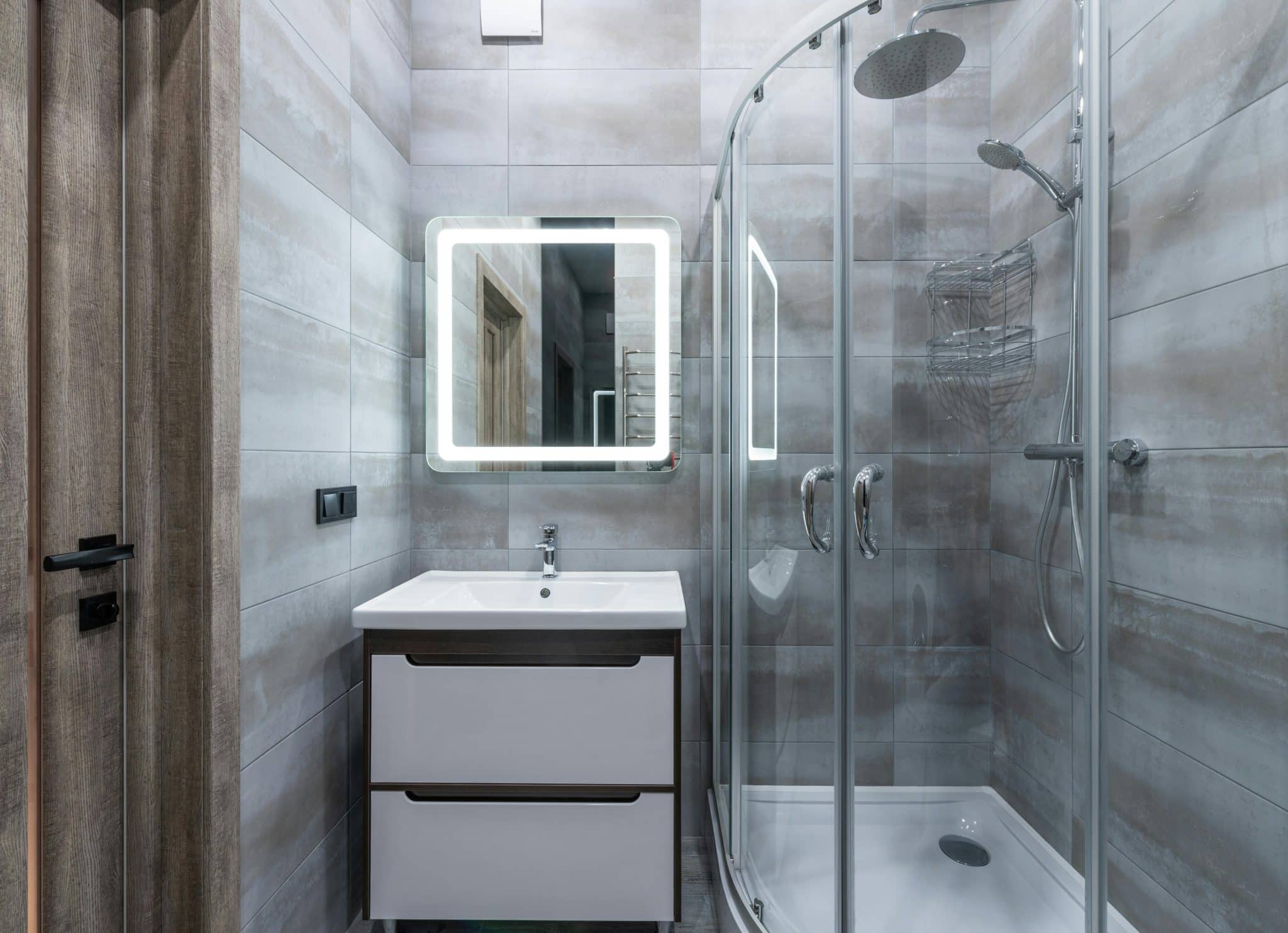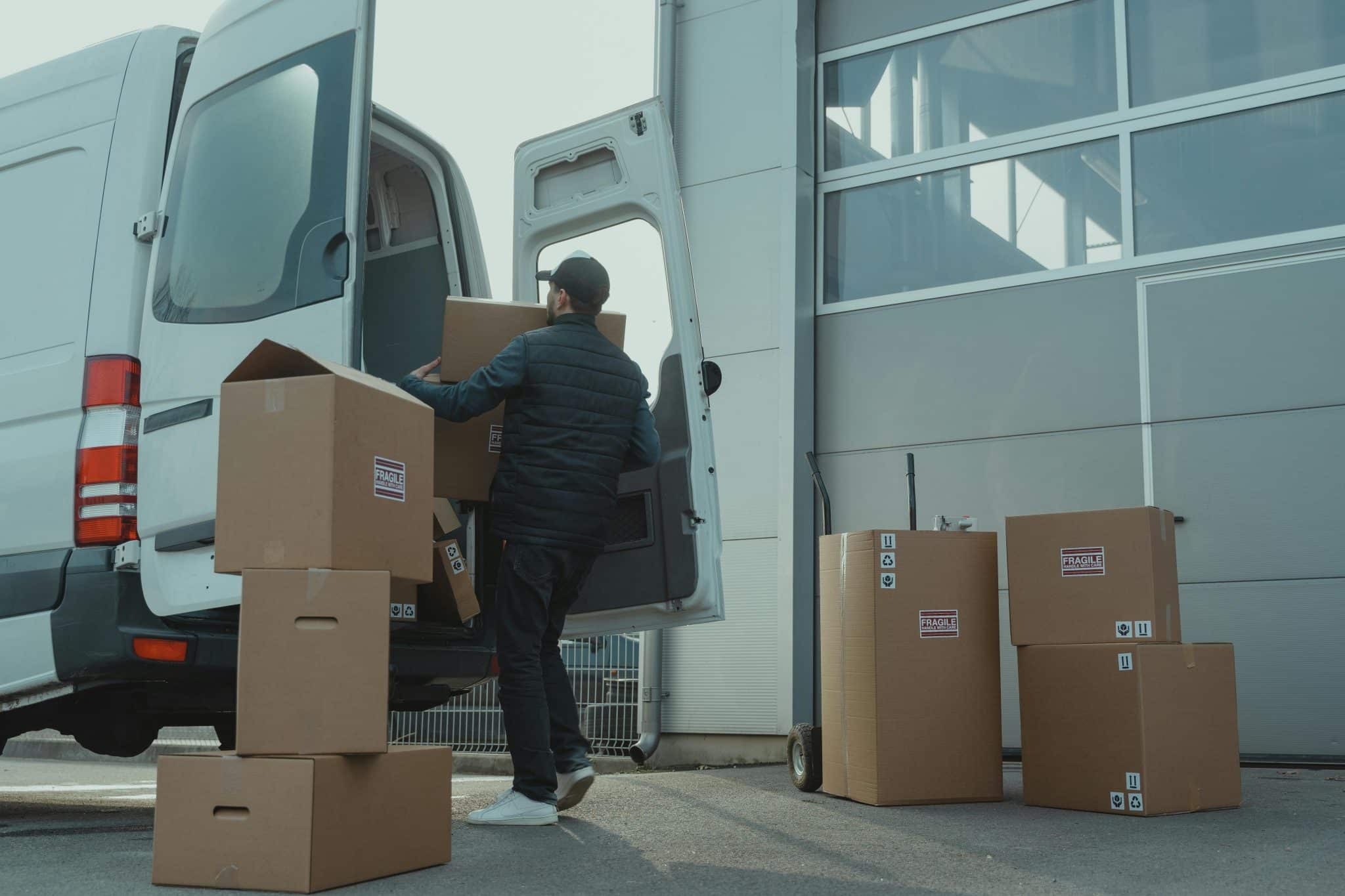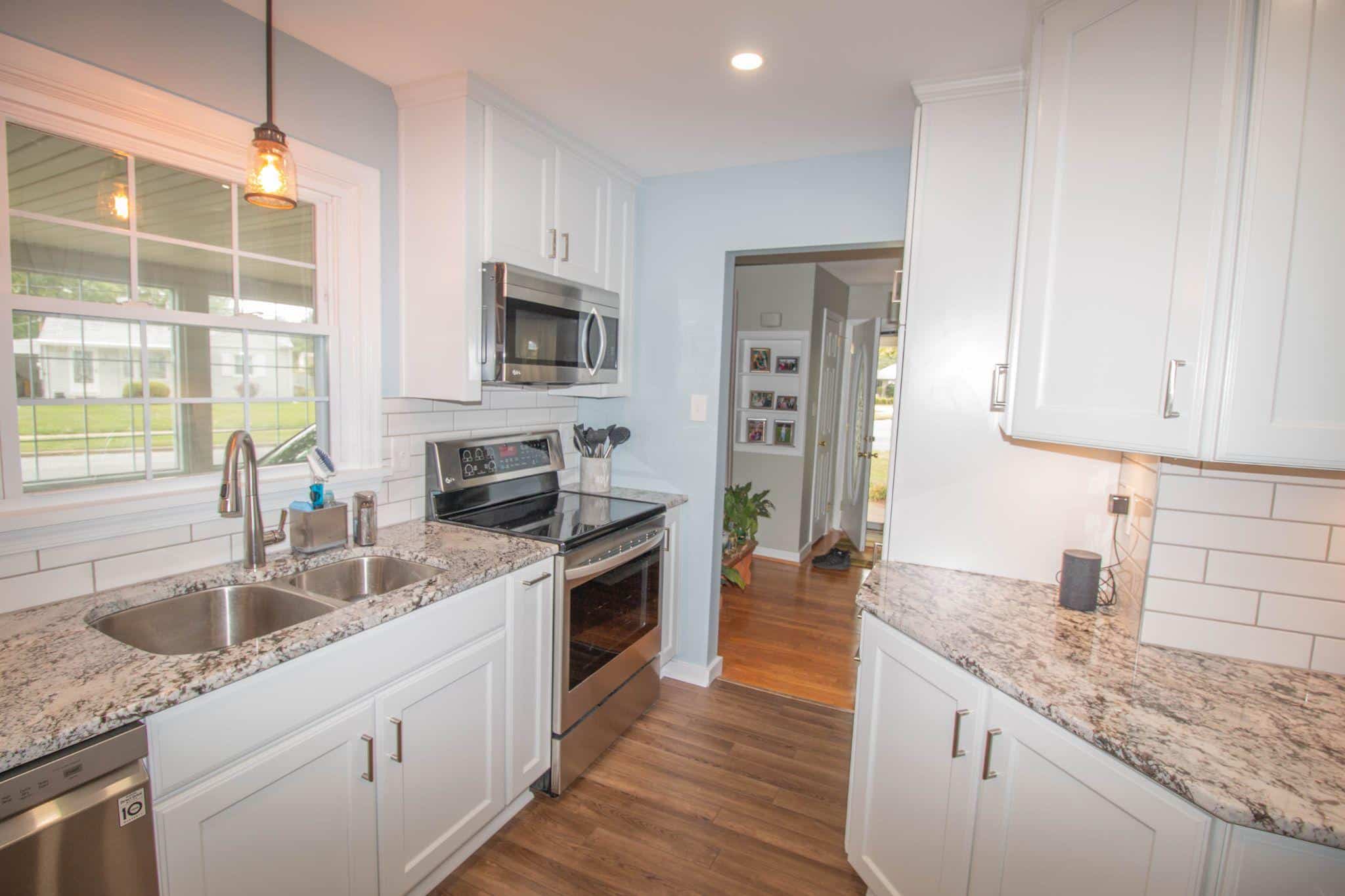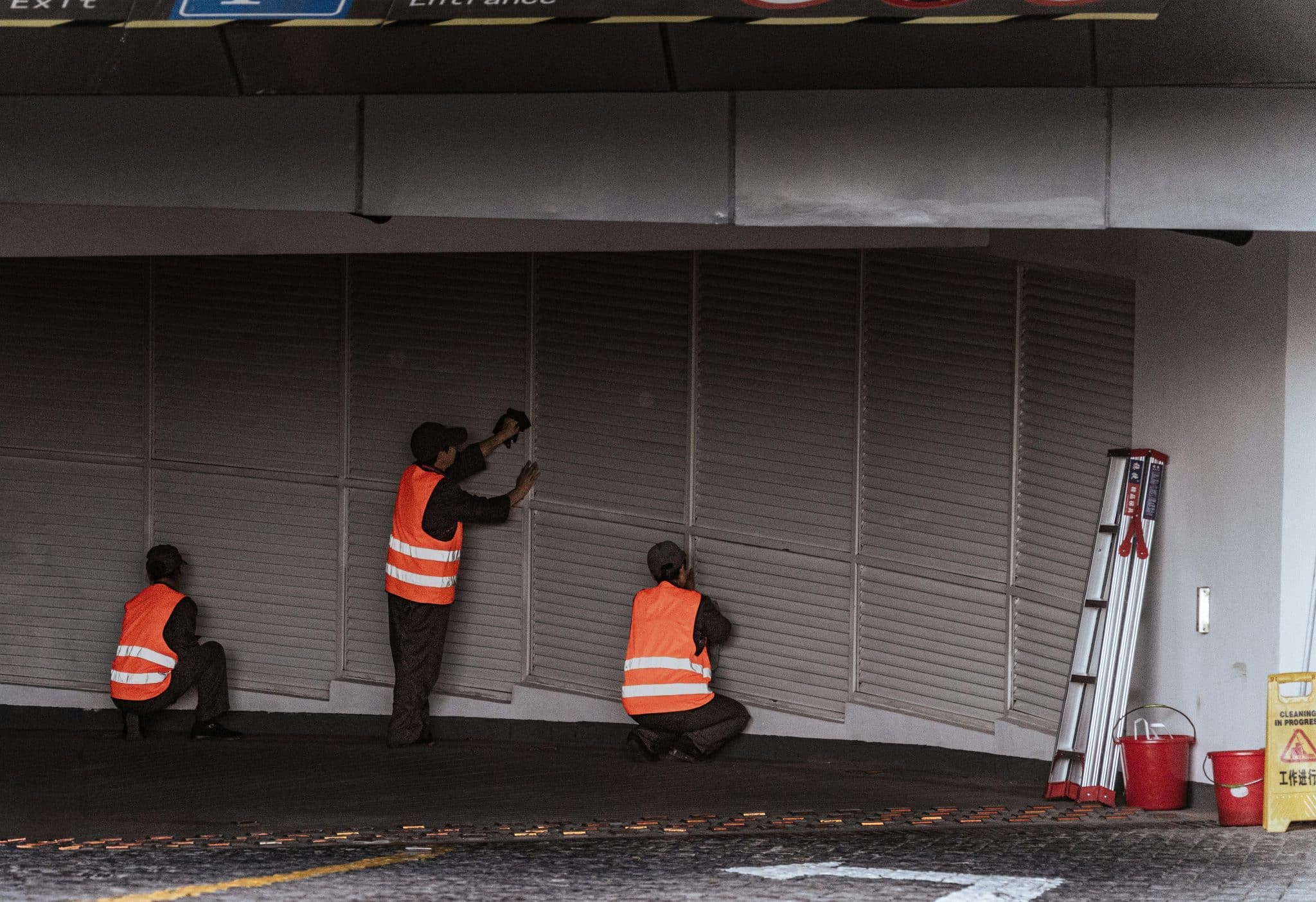For many people, the bathroom is the home’s hidden danger zone with its wet floors, tight corners, hard surfaces, and the occasional rogue shampoo bottle waiting to trip you up. It’s something most of us don’t think about until we slip on a puddle or realise just how far away the toilet feels when our knees start to protest.
That’s why creating a safe, accessible bathroom is so important, especially for older adults or anyone living with mobility challenges. If you’re planning a bathroom renovation, Auckland bathroom experts or elsewhere in New Zealand offer multiple design options with smart safety features.
With the right features built into your plan, you can design a bathroom that works with you, not against you.
1. Grab Bars Where You Need Them Most
A grab bar might look like a simple piece of metal on the wall, but when your balance wobbles or your knee suddenly protests, it’s the best invention since indoor plumbing. Many people only think to put them in the shower, but grab bars are just as useful next to the toilet or sink. Just be sure they’re installed properly so they can handle your weight.
Worried about them looking clinical? Modern grab bars can double as sleek towel rails or shelving brackets, so your guests won’t even notice you’ve turned your bathroom into a discreet fortress of stability.
2. Comfortable, Practical Shower Seating
Standing for long periods in the shower can be tiring or even dangerous, and sitting on the floor isn’t exactly an elegant solution. This is why having a fold-down shower seat or a sturdy portable shower chair is your best solution. It lets you wash without turning your morning routine into an unplanned balancing act.
Families with young children can benefit, too. A built-in bench makes it easier to hose down kids who treat the shower like a waterpark. Just make sure your seat is made from materials that won’t grow mould or get slippery.
3. Slip-Resistant Surfaces
Those glossy bathroom tiles might look beautiful, but they become treacherous the second they’re wet. Instead, choose slip-resistant tiles or vinyl flooring with extra grip to help keep you on your feet when it matters most.
For bonus protection, add a non-slip bath mat near the shower and sink. It’s cheaper than a trip to A&E and far less embarrassing than explaining how you ended up sprawled across the floor while chasing a runaway bar of soap.
4. Good Lighting to Prevent Accidents
No one wants to stumble around in the dark, especially in a room full of wet surfaces. This is why you need bright, even lighting in your bathroom. It makes it much easier to spot puddles and obstacles before they catch you out.
Consider installing motion-sensor lights that switch on automatically when you walk in. It’s perfect for midnight bathroom visits when you’re half-asleep. If you want to stick with traditional light switches, swap them with larger rocker switches. They’re easier to use if you have stiff fingers or reduced dexterity.
5. Clear Pathways and Wide Doorways
Older New Zealand homes often come with narrow doorways and awkward layouts, which don’t play nicely with wheelchairs or walkers. If possible, widen the bathroom doorway to at least 80 centimetres. It makes a world of difference for mobility aids and just feels more spacious for everyone.
Inside the bathroom, keep pathways clear. Specifically, a walk-in shower without a step or lip is safer than clambering over the edge of a high bathtub. You might also want to use wall-mounted storage like baskets, shelves, and caddies to keep essentials off the floor and within easy reach. In this case, less clutter means fewer trip hazards. Besides, a tidy bathroom just feels better to use.
6. Adjustable Fixtures for Changing Needs
Adjustable features are brilliant for a bathroom that grows with your family’s changing needs. For example, a handheld showerhead on a sliding rail lets everyone find the perfect height without hassle.
Toilets are another underestimated culprit. When they’re too low, standing up can turn into an awkward mini-workout. A raised toilet seat, or even replacing the toilet with a taller model, can save knees and backs for years to come. Additionally, many raised seats come with discreet side handles for extra support, adding stability without compromising style.
7. Get Professional Help for a Smarter Finish
A safe, accessible bathroom doesn’t have to look like it’s straight from a hospital. In fact, good design blends practical features with style so cleverly that you barely notice they’re there. If you’re planning a bathroom renovation, work with a designer or builder who understands accessibility. They’ll help you future-proof your space without sacrificing the look you love.
You don’t have to do everything overnight (although that works, too!). You can start small with a grab bar this month, better lighting next, and a slip-resistant floor after that. Over time, these changes will transform your bathroom from a hidden hazard zone into a place you can trust, day in and day out.
Build a Safe and Stylish Bathroom That’s Ready for the Future
Your bathroom should feel like a safe, comfortable part of your home, and not a slippery obstacle course waiting to trip you up. By choosing smart safety and accessibility features now, you’re investing in peace of mind for years to come. So, whether you’re adding a single grab bar or planning a complete renovation, every change brings you closer to a bathroom that’s stylish, practical, and ready for whatever life throws your way.








